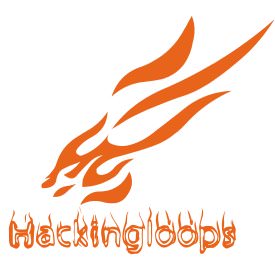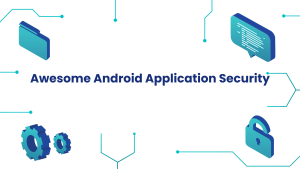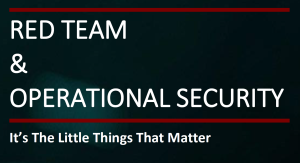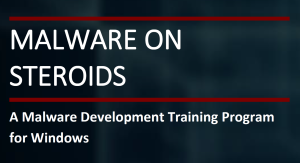
You can find a comprehensive list of courses offered by Hackingloops on their website . They offer a wide range of courses on ethical hacking, penetration testing, cyber security, and web penetration testing techniques. You can also download a free guide that will show you step-by-step how to get started and set up your own lab today .
Here is a list of some of the courses offered by Hackingloops:
- Ethical Hacking Course: This course covers the basics of ethical hacking, including information gathering, scanning, enumeration, and vulnerability analysis. It also covers advanced topics such as web application hacking, wireless network hacking, and social engineering.
- Penetration Testing Course: This course covers the basics of penetration testing, including information gathering, scanning, enumeration, and vulnerability analysis. It also covers advanced topics such as web application penetration testing, wireless network penetration testing, and social engineering .
- Cyber Security Course: This course covers the basics of cyber security, including network security, operating system security, and application security. It also covers advanced topics such as cloud security, mobile security, and IoT security .
- Web Penetration Testing Course: This course covers the basics of web penetration testing, including information gathering, scanning, enumeration, and vulnerability analysis. It also covers advanced topics such as web application hacking, web application penetration testing, and web application security .






